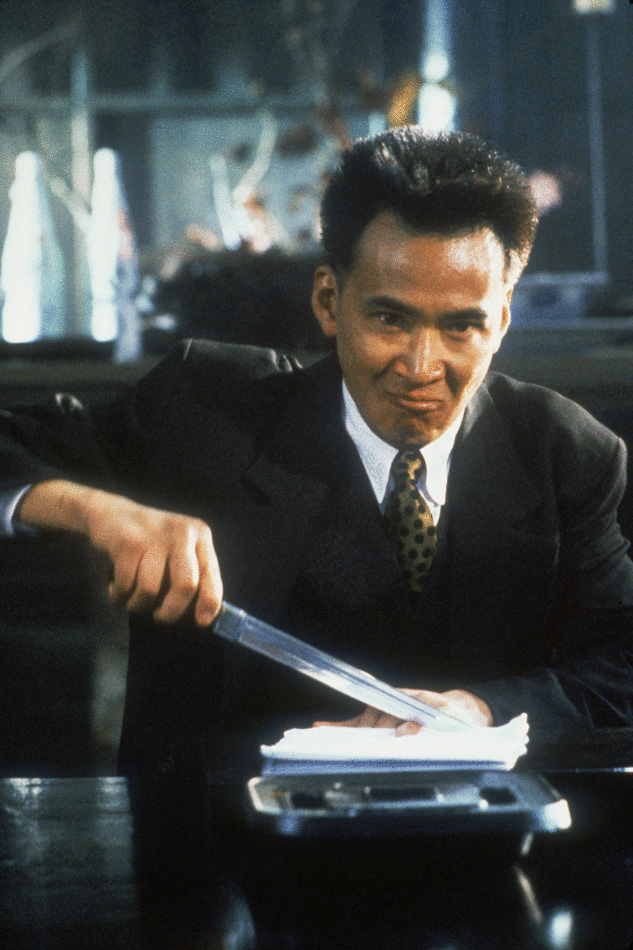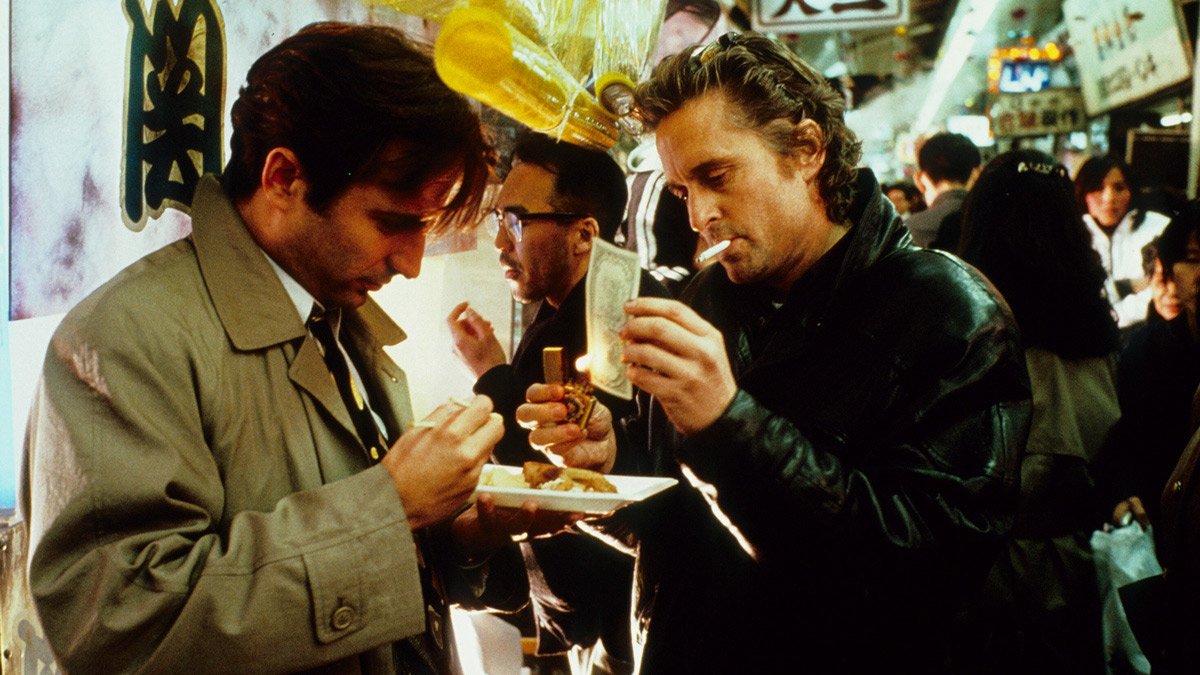2019.12.07
Cinematographer Jan de Bont was hired as a pinch hitter.
In this way, the location shooting in Japan was cut short after less than six weeks, and the rest was shot in the United States, mainly in New York and Los Angeles. The climactic gunfight and bike chase, originally scheduled for Hokkaido, were also filmed in Napa Valley, San Francisco, California.
Above all, this production confusion spread to the staff, and many people in important positions were dismissed. A particularly significant change was the change in cinematographer, with Howard Atherton, who had shown off his elegant camera work in ``A Fatal Attraction'', in charge of the film when filming began. However, due to unaccustomed framing, he made repeated mistakes and his head flew off shortly after starting the crank.
This is because ``Black Rain'' uses a film format called Super 35mm, which uses the soundtrack at both ends of the film as imaging space, and then cuts out aspect ratios such as standard and widescreen from there. Paramount promoted this standard with the fighter plane action movie `` Top Gun '' (1986) starring Tom Cruise in mind, and used it in ``Black Rain'' with secondary use such as video in mind, but Atherton responded to this standard. I couldn't take it anymore.

"Black Rain" TM & Copyright (C) 1989 by Paramount Pictures Corporation. All Rights Reserved. TM,(R) & Copyright (C) 2013 by Paramount Pictures.All Rights Reserved.
Instead, Jan de Bont, who worked on `` Die Hard '' (1988), took over as director of photography. As you can see from this film, he is a talented person who can create detailed lighting plans that go hand-in-hand with the action, and he is able to flexibly respond to tight schedules that don't allow time for lighting installation, as well as shooting in Super 35mm. For indoor scenes, we use high-sensitivity Kodak 5295 film to compensate for the lack of a light source, and when shooting club sets or markets, we use indoor lights or street lights to create lighting effects that reflect the light source in the frame. Making the most of the limited conditions.
This efficient filming approach was later utilized in the director's film Speed (1994), which was said to cost no less than $60 million, but the production cost was kept at $30 million.


